Giriş
Use this guide to replace your MacBook Air's upper case. The upper case includes the keyboard and trackpad.
Neye ihtiyacın var
-
Bu adımda kullanılan alet:P5 Pentalobe Screwdriver Retina MacBook Pro and Air$5.99
-
Remove the following ten screws:
-
Two 8 mm 5-point Pentalobe screws
-
Eight 2.5 mm 5-point Pentalobe screws
-
-
-
Wedge your fingers between the display and the lower case and pull upward to pop the lower case off the Air.
My replacement battery (bought from Fixje in the Netherlands) had a rather thick rubber plate glued onto the top of the battery connector, which made it difficult to reattach the back cover. Specifically, the clip in the middle of the back cover could not reach into the slot.
The rubber plate could be removed which made the back close (and also made it look like the battery connector of the original battery), but the middle clip would nevertheless not attach with a clicking sound. Still, the back covers attached tightly and does not flex when pressed in the middle.
It's possible that that specific replacement battery is a hair of a millimetre thicker than the original battery which prevents the middle clip to reach into the slot fully.
-
-
-
Use the flat end of a spudger to pry both short sides of the battery connector upward to disconnect it from its socket on the logic board.
-
Bend the battery cable slightly away from the logic board so the connector will not accidentally contact its socket.
My macbook air's configuration (Mid-2011 core i5) has a different battery connector. It slides into a receptacle on the logic board. If your battery connector does not look like the one pictured, use the pointy end of a spudger to depress the small indentation in the middle of the battery connector cable terminal, and pull aft to release the clasp mechanism.
Maybe your battery connector doesn't match the picture because these instructions are for the mid-2012 model and yours is mid-2011.
-
-
-
Remove the single 2.9 mm T5 Torx screw securing the SSD to the logic board.
-
-
-
Use a spudger to help lift the free end of the SSD just enough to grab it with your other hand.
-
Pull the drive straight out of its socket and remove it from the logic board.
When you've completed all these steps to replace your SSD, don't despair if the MacBook Air shows a flashing folder with a question mark when you first power up the MacBook Air.
- Power off the machine, then keep the option key (= Alt key) pressed down, power on the machine again, and keep the option key pressed down until a prompt appears.
- If you've set a firmware password, then type it in at the prompt
- You should now be prompted for a hard drive to boot from. Select "EFI Boot"
- The MacBook Air should now boot to a window showing "OS X Utilities"
- Click on the at the top left, then select "Startup Disk..."
- Select your SDD/Hard drive, and restart.
When replacing the SSD, be careful about the connector orientation. Replacement boards look almost the same if they are upside-down. Note that the connector is not reversible - there is a notch that will only line up if the board is right-side up. If it doesn't seem to line up, flip the board over.
can i ask some links for some ssd’s that are compatible with that macbook model ?
Hi I completed steps above, but the MacBook Air 2012 doesn’t seem to read the drive, on reboot I get a flashing folder, and upon clicking Control R on reboot it goes to internet recovery mode and then can’t find the drive on disk utility. Any help would be much appreciated! Thanks, Devin
if you’re using an M2 adaptor, be mindful to check the compatibility with the other end. In my specific case my adaptor was only compatible with M2 Sata and not with M2 NVMe.
This was a confusing upgrade. Sintech M.2 NGFF SSD fo 2010-2011 MacBook Air was used, yet it’s got a graphic in the sales content that claims it works with ‘M’ key only (NVMe, AHCI), so NOT SATA. Yet in the answered questions on Amazon the sales tech claims you MUST use SATA drive. I bought 2 NVMe SSD’s and found that the first USB adapter board was unstable with both. So, bought another adapter board that supported SATA and NVMe (RIITOP M.2 SSD to USB 3.1 adapter that claimed to be compatible with ‘M’ and ‘B+M’ SATA SSD’s) and a SATA SSD (Silicon Power A55 M.2 SATA III). The NVMe drives couldn’t be seen by the MacBook Air, but the SATA drive worked (Restore didn’t work, but SuperDuper! does fine). Physical install is as shown.
-
-
-
Use the flat end of a spudger to pry the I/O board cable up from its socket on the I/O board.
-
-
-
Peel the I/O board cable up from the adhesive securing it to the fan.
I did not peel the I/O board connector, it is not needed to be peeled away securing it to the fan.
-
-
-
Use the tip of a spudger to carefully flip up the retaining flap on the fan cable ZIF socket.
Das ging leider nicht wie beschrieben: an der Mutter links unten war eine Platine befestigt, die über den beschriebenen Sicherungsbügel ragt, so dass der nicht erreichbar war. Ohne zu wissen, ob diese Platine einfach abgeschraubt werden kann, habe ich das lieber gelassen.
-
-
-
Lift the fan out of the upper case and carefully pull the fan ribbon cable out of its socket as you remove it from the Air.
The replacement fan's ribbon cable is a few mm longer than the original. I t will loop upwards a bit after mounting. The rubber lip on top of the old fan needs to be transferred to the new fan.
-
-
-
Remove the following five screws securing the battery to the upper case:
-
Two 5.2 mm T5 Torx screws
-
One 6 mm T5 Torx screw
-
Two 2.6 mm T5 Torx screws
-
-
-
Use the flat end of a spudger to free the adhesive loop securing the I/O board power cable to the upper case.
-
Disconnect the I/O board by pulling the power cable away from its socket on the logic board.
-
-
-
-
Use the flat end of a spudger to pry both antenna cable connectors up and off their sockets on the AirPort/Bluetooth card.
I'm having difficulty getting the antenna connectors to snap back on. Any suggestions?
-
-
-
Remove the small rubber gasket from the corner of the upper case nearest the I/O board.
-
-
-
Peel up the six cable loops securing the antenna cables to the upper case.
-
Gently pull the cable loops slightly out of the channel cut into the upper case one at a time.
-
Use your spudger to open up the plastic loops as you de-route the antenna cables through them.
-
Repeat this for all of the retaining loops.
The plastic loops stay with the bottom and the wires go with the top (screen).
If replacing the upper case and needing to transfer the loops to the new upper case, it is difficult to slip the loops through the slits in the new upper case. A reliable way to do this is to use a length of fishing line to pull the loops through the slits.
I used two sewing needles to get the loops back through. It is time consuming, but you can get the head of each loop through the slit with your fingers, then push on the back side of the loop with a sewing needle, hold it in place, then use a second sewing needle to push it through a little more. Once it is through a bit more, hold it on the back side with a needle, then on the front side use the sewing need to help position the loop so you can grab it with a tweezer and pull it through.
-
-
-
Remove the inner 4.9 mm T8 Torx screw securing each display hinge to the upper case (two screws total).
These screws are extremely tight, but they'll go!
My kit didn’t come with this bit….
-
-
-
Use the flat end of a spudger to pry the right speaker off the adhesive securing it to the upper case.
-
Remove the right speaker from the upper case.
-
-
-
Use the flat end of a spudger to pry the left speaker off the adhesive securing it to the upper case.
-
Remove the left speaker from the upper case.
-
-
-
Use the tip of a spudger to pry the microphone away from the side of the upper case.
-
Remove the microphone from the upper case.
-
Upper case remains.
This connector is different on mine and does not appear to be removeable. My replacement upper case came with it attached.
This microphone is different and glued in. Takes a bit of prying out
Don't pull too hard the microphone has the density of cardboard and I ripped mine in half.
-
-
-
Push/lift the keyboard ribbon cable off of the upper case with one hand.
-
With the other hand, use a spudger to flip up the retaining flap on the ZIF connector.
-
Once the retaining flap has been flipped up, carefully pull the ribbon cable straight out of its socket.
-
-
-
Remove the six 1.5 mm Phillips #00 screws securing the trackpad to the upper case.
-
Check your replacement upper case—if it doesn't have this wide T5 screw, remove it to transfer into the replacement.
I needed the #000 bit instead of #00.
I also needed #000.
#000 is a necessity to remove those six screws - #00 is just too thick to fit.
-
To reassemble your device, follow these instructions in reverse order.
To reassemble your device, follow these instructions in reverse order.
İptal et: Bu kılavuzu tamamlamadım.
22 farklı kişi bu kılavuzu tamamladı.
8 Yorum
This is an excellent guide, thank you! I used it in combination with the procedure at http://www.insidemylaptop.com/replacing-... to replace a keyboard after water damage. The only issue I had was with that second procedure sealing the black backer film around the keyboard upon reassembly. There is a little light leakage but not terrible. Thanks again Andrew for this fantastic guide.
Great! Thank you!
A superb guide…….went like clockwork…….got it all done in about an hour and a half……I’m sure anyone could do it faster with this guide, but I double checked myself each step of the way. Thanks for posting this!
Dave
Replaced my keyboard and everything works fine except my “0” key and of course I need that to log in. I purchased the keyboard from Ifixit.com
Do I really need to purchase another used trackpad cable or can I reuse mine?
This worked out great! I love this little MacBook Air 2012. Very light and convenient. So when the keyboard went south, I was bummed. I'djust just put in a new battery and prior to that a terabyte SSD. It runs at 2.0 gHz on an i7, so I was really reluctant to let it go. The keyboard works great, even salvaged the old backlight.
Thanks a mil!!
KellyO





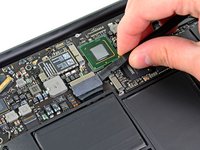




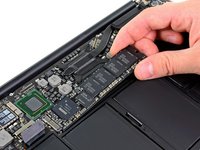
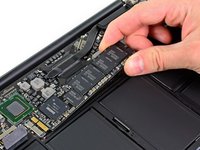



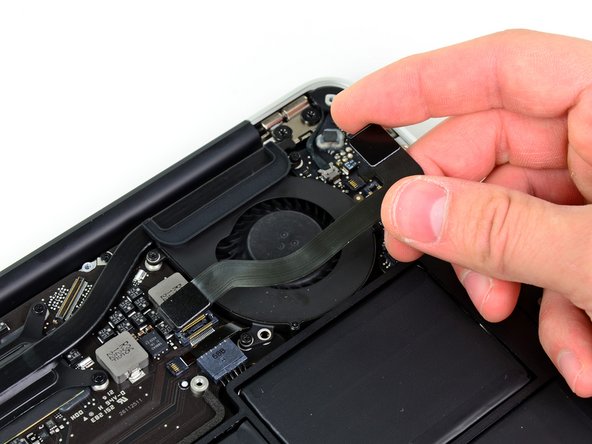
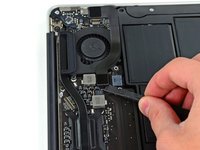
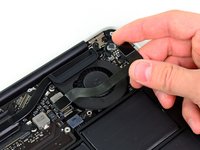














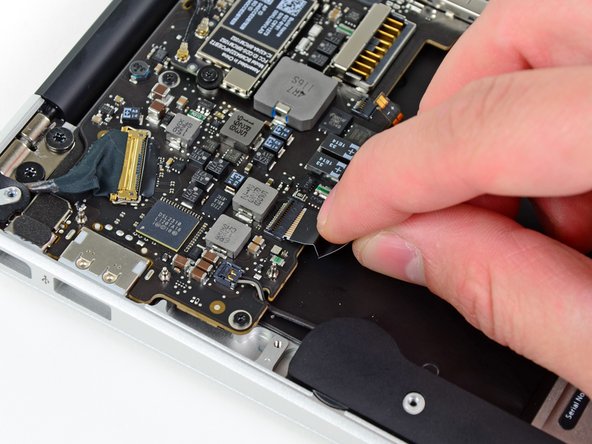
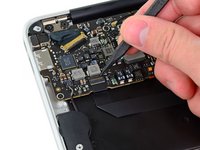
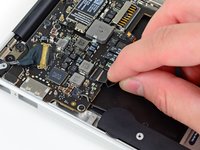





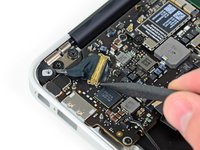

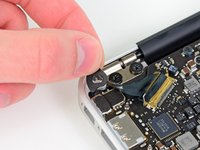



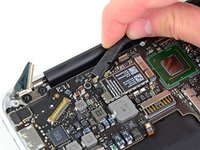
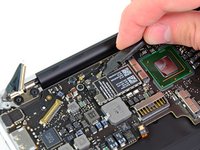






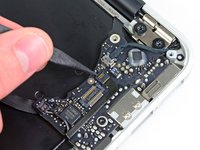
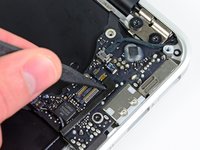
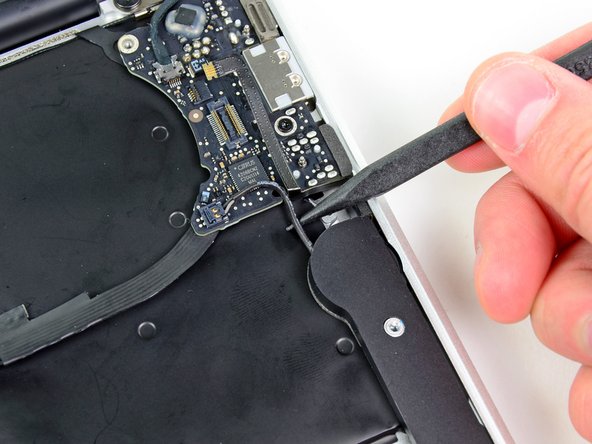
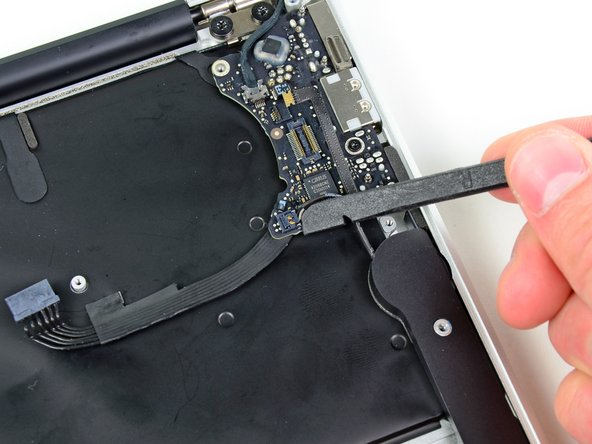
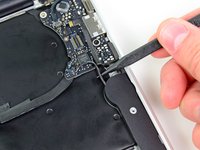
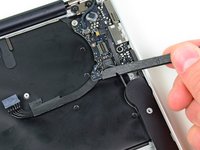




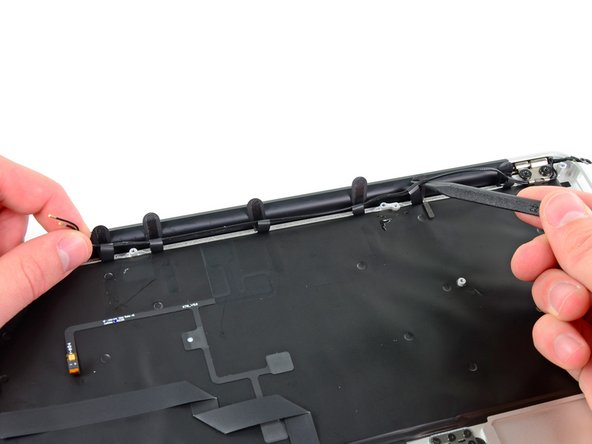
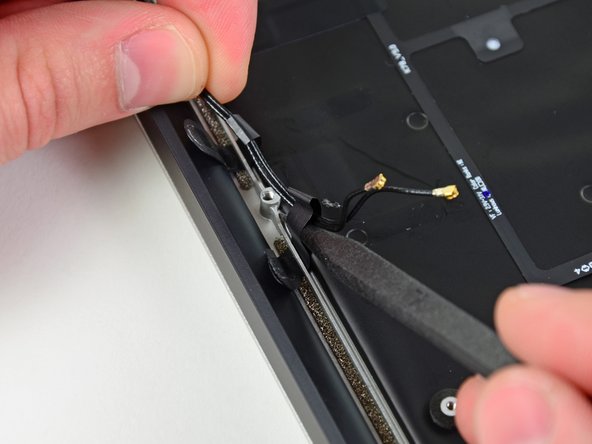
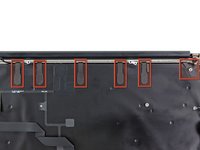
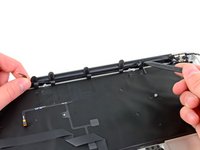
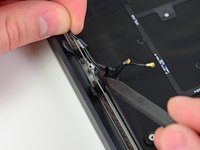
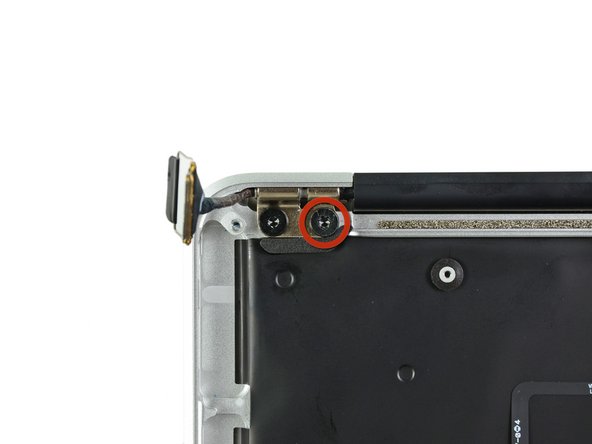
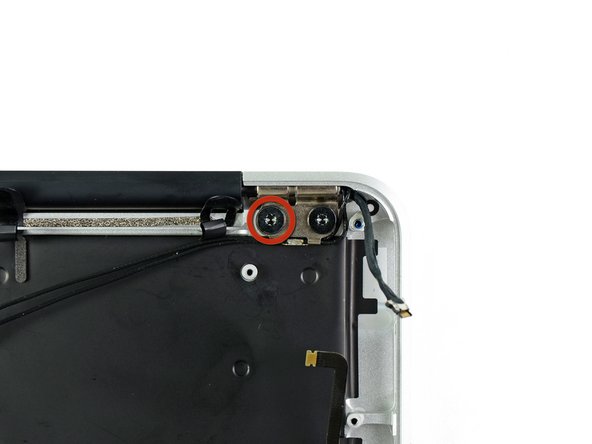
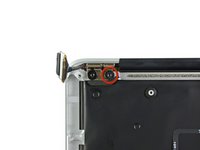
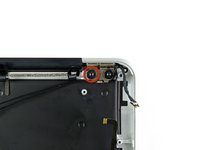



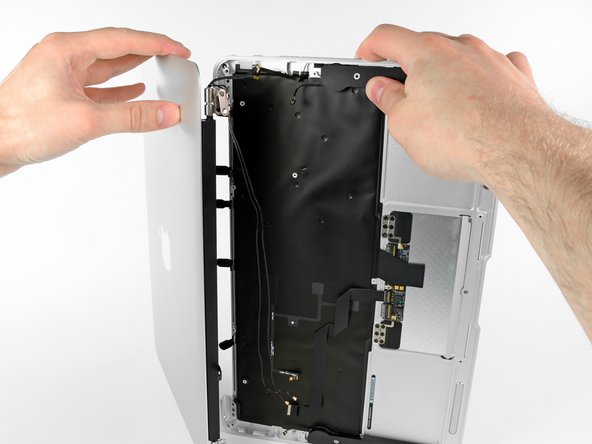
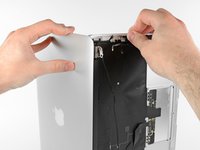
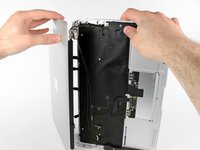

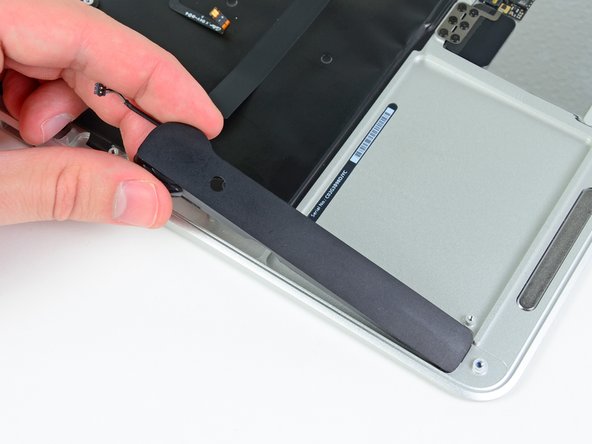
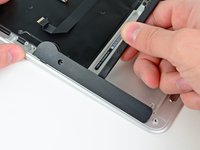
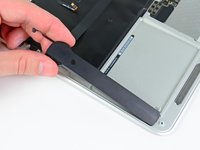


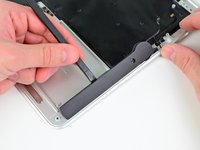
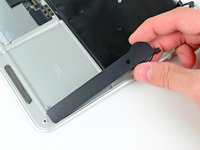

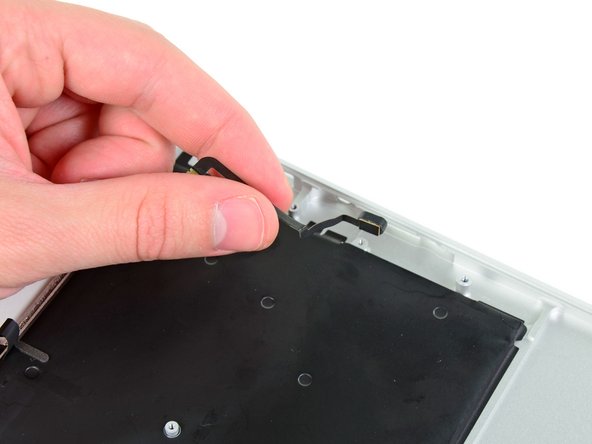
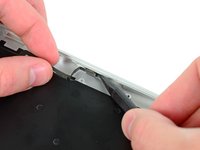
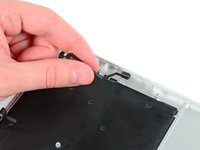

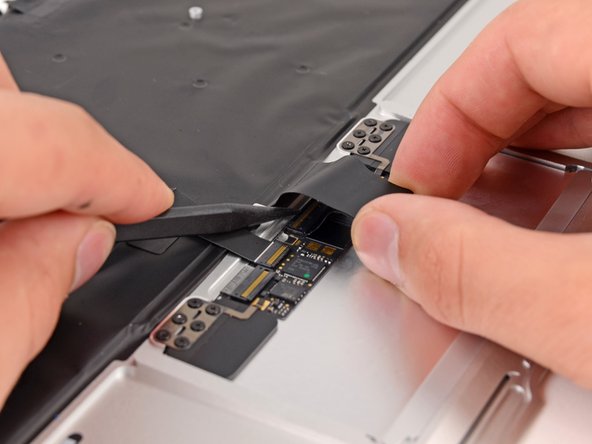
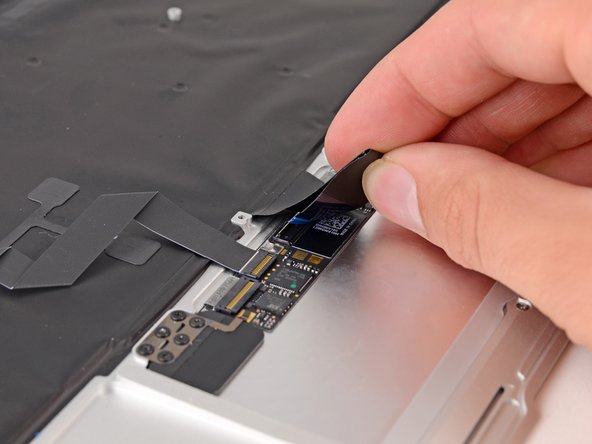
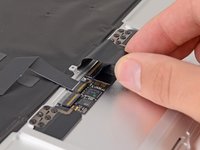
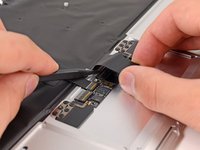
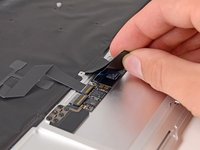

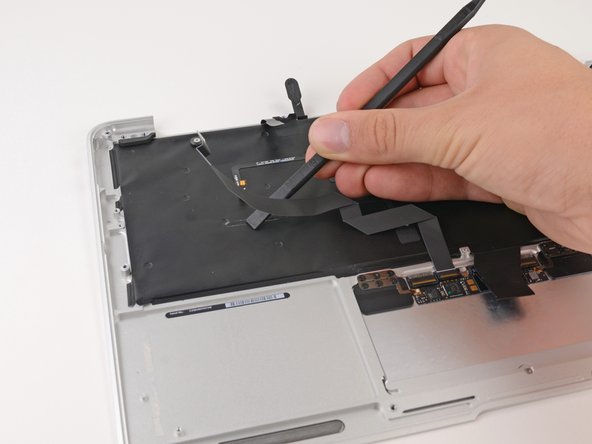
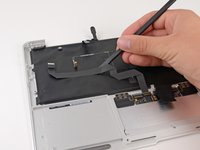
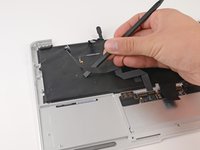




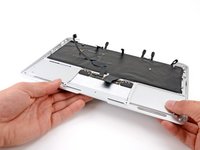
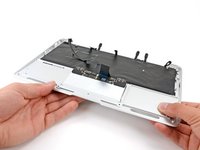



When you say:
Remove the following ten screws:
Two 8 mm 5-point Pentalobe screws
Eight 2.5 mm 5-point Pentalobe screws
Do the 8mm & 2.5mm dimensions refer to the LENGTH of those screws, or the size of the pentalobe? That is, are there other sizes of pentalobe drivers like there are for hex, phillips and torx? When only one dimension is provided, it is usually the socket/driver size, not the screw length, maybe since the length cannot be seen when the screw is installed.
Can I suggest that you clarify your instructions so folks are confident they are only in need of _one_ pentalobe driver?
Nerdily yours,
Larry (whose iPhone 4S can now get through a day without 6 recharges thanks to ifixit.com ;-)
larryleveen - Yanıt
The 8mm and 2.5mm are the length of the screws. One pentalobe P5 screwdriver suffices for all the screws (P5 is implicitly the size of the pentalobe screw heads).
Michael Welham -
I sourced all the parts from ifixit, plus a magnetic project mat which I found to be very useful for organising the teardown and reassembly.
Allen - Yanıt
The magnetic mat is
GERARD SZAREK -
Keep the 2.5mm tiny screws away from the MagSafe connector as they will be attracted and sucked in to the magnet.
Frank O'Carroll - Yanıt
A tip an old bench tech taught me that has saved me many times: I put clear “Scotch” tape over the case screws as they became “free”. The tape kept them in place while I lifted the lid off, cleaned it etc.
Michael Mee - Yanıt
Thank you for a really smart tip! I will be using that countless more times!
Lilljedahl -
I’m confused about internet recovery and installing MacOS. Is all of this done before placing in the new ssd card or after. I don’t have any files that I would like to safe/transfer, is all of this necessary, if I don’t do it before placing new ssd, will I still be able to instal/upgrade macOS afterwards.
It’s an old Mac and now it won’t start or charge, I know I will have to replace battery and put new battery first and turn on Mac before doing the ssd stuff. Since it won’t effing start.
I’m really clueless about backing up old ssd, since I don’t need any files, besides MacOS(software) ,and is that related to the ssd?
AMG - Yanıt
The answer to your question: You need to insert your SSD into the computer before internet recovery. If you start the recovery before inserting SSD, it won’t affect the setup, you won’t damage anything. But your SSD will not be detected (as there isn’t one inserted.)
Also, a little tip: If you bought a used SSD, go into Disk Utility and format the drive with the highest security level to permanently remove all of the previous files.
Also a FYI: Internet Recovery will load up Mac OS X 10.9.5 Mavericks, so I would recommend making a recovery drive from a Big Sur (or desired version) through another Mac, and a USB. You can visit this support doc: https://support.apple.com/en-us/HT201372
Hope this helps! -Dan
danielwen -
I got a macbook air with a damaged and swollen battery. I could remove all screws, except one 2,5 mm screw. I’m afraid it got damaged while attempting to remove it, I have no grip with the P5 pentalobe screwdriver. How can I proceed?
Robert Hermans - Yanıt
Hi Robert!
Try some techniques found in this stripped screw removal guide. Good luck!
Arthur Shi -
Hello I have a macbook air they are say they do not have parts for my laptop macbook air 11 inches 2013 mid need to replace battery which one to buy
vensilver - Yanıt
Hello! This is the part you want—maybe we’re not able to ship it to you if you’re out of the United States. The battery in your MacBook Air should be the same for all 11” between mid-2011 to early-2015.
Arthur Shi -
The smaller screws went in more easily when I put back all the screws along the hinge edge first.
Rachel Slatkin - Yanıt